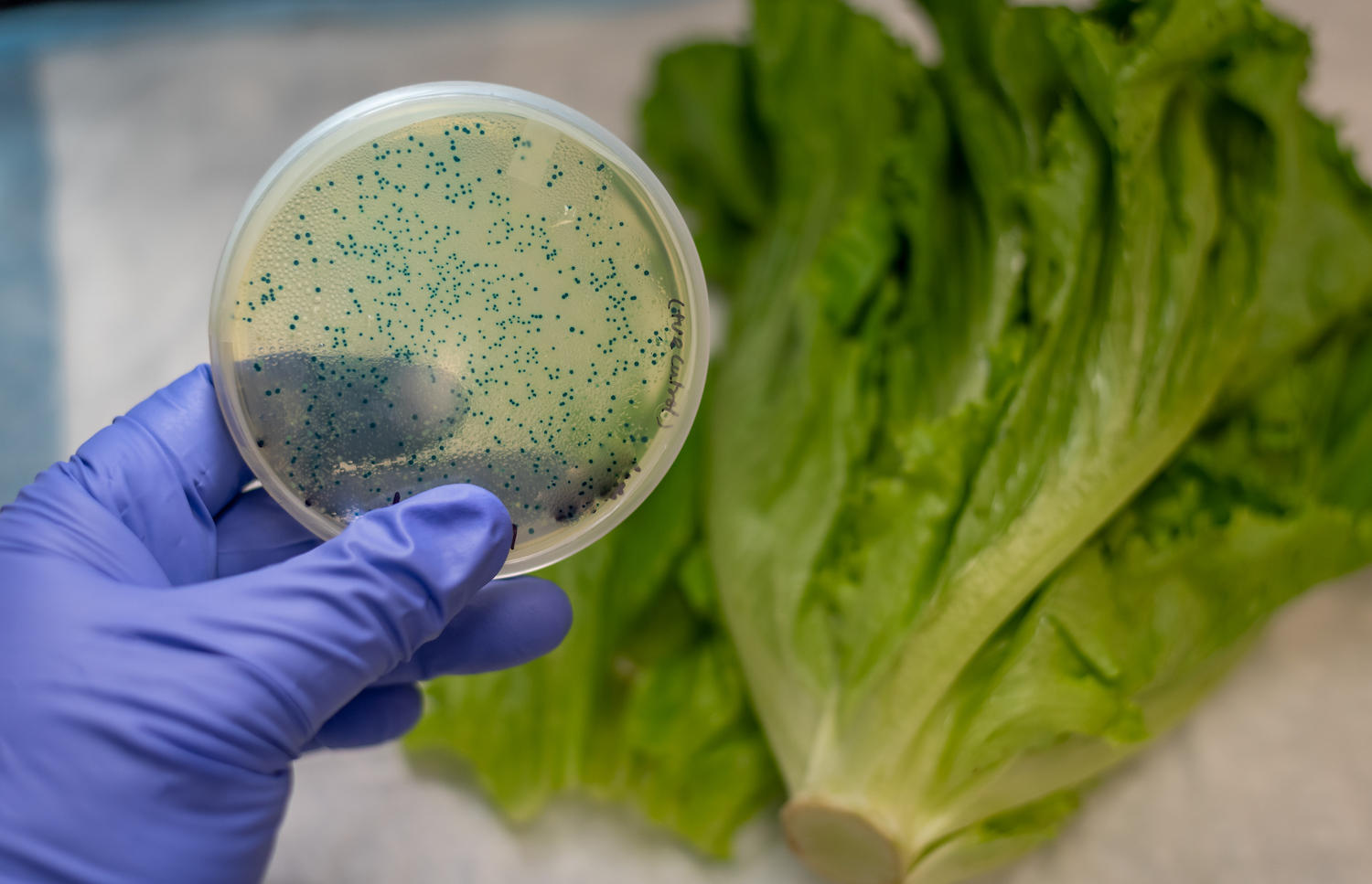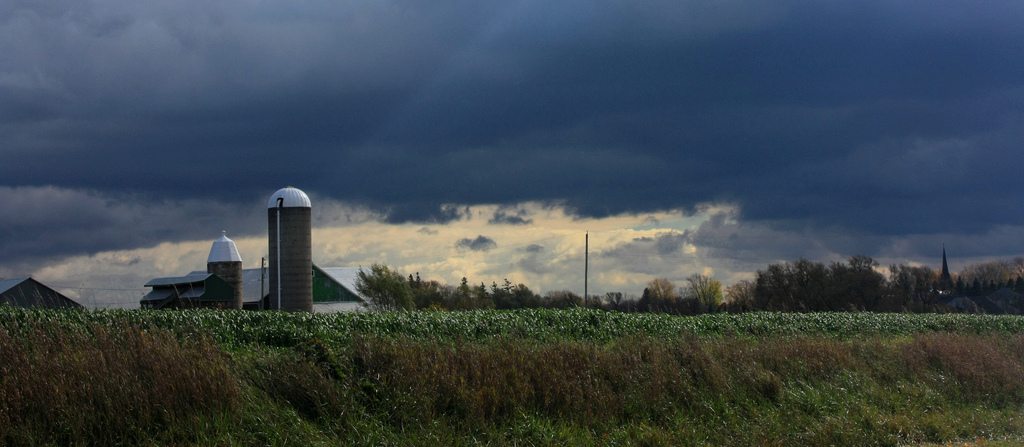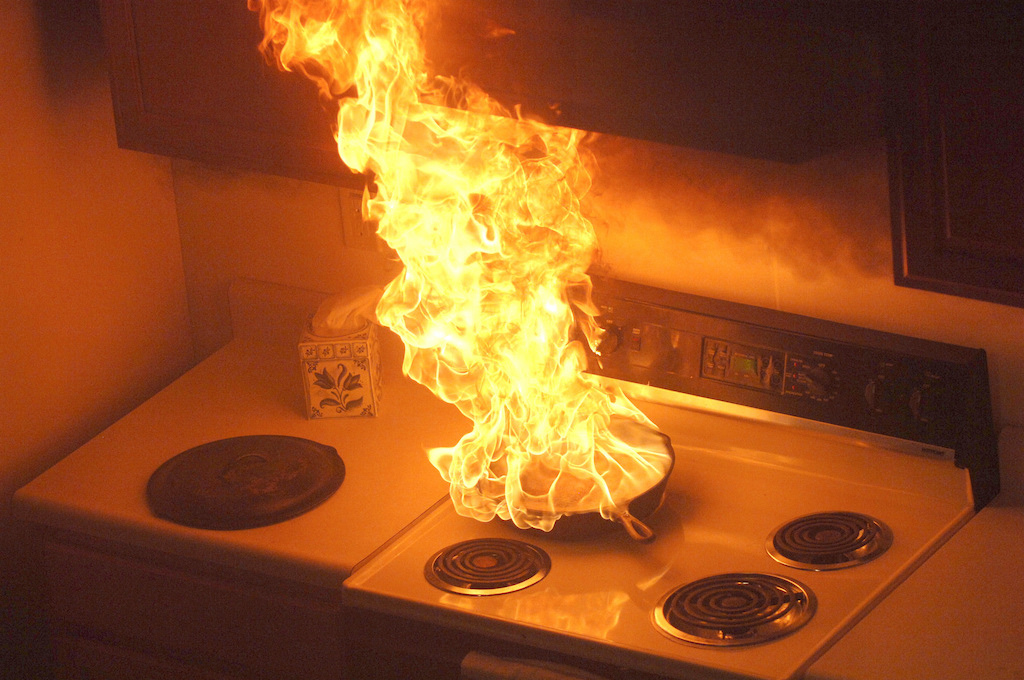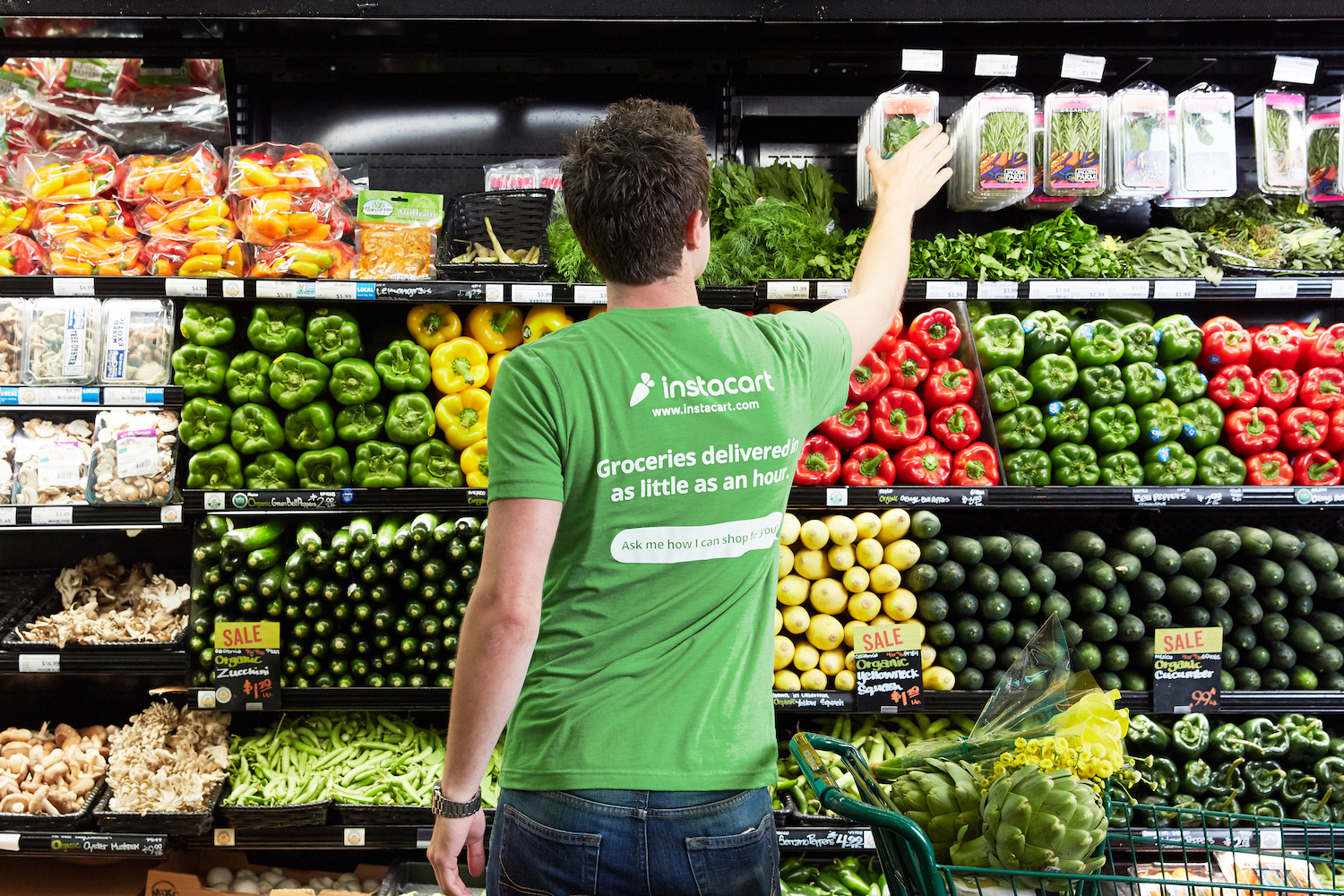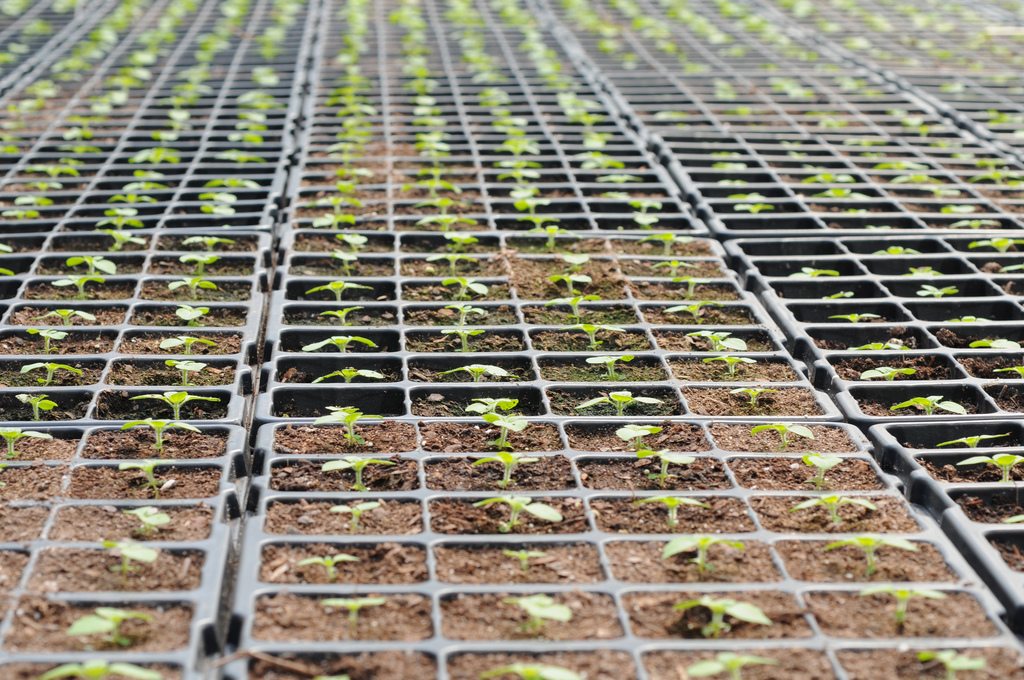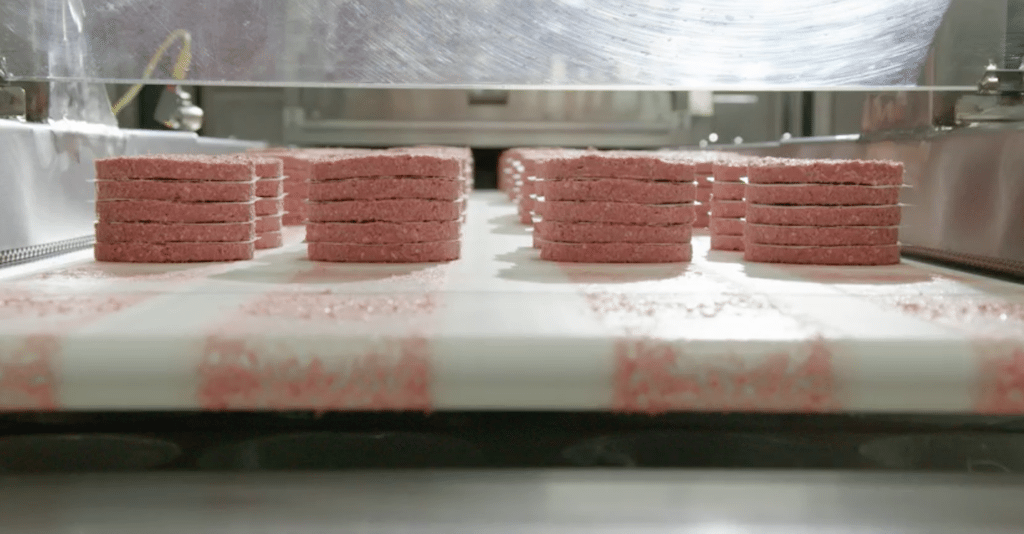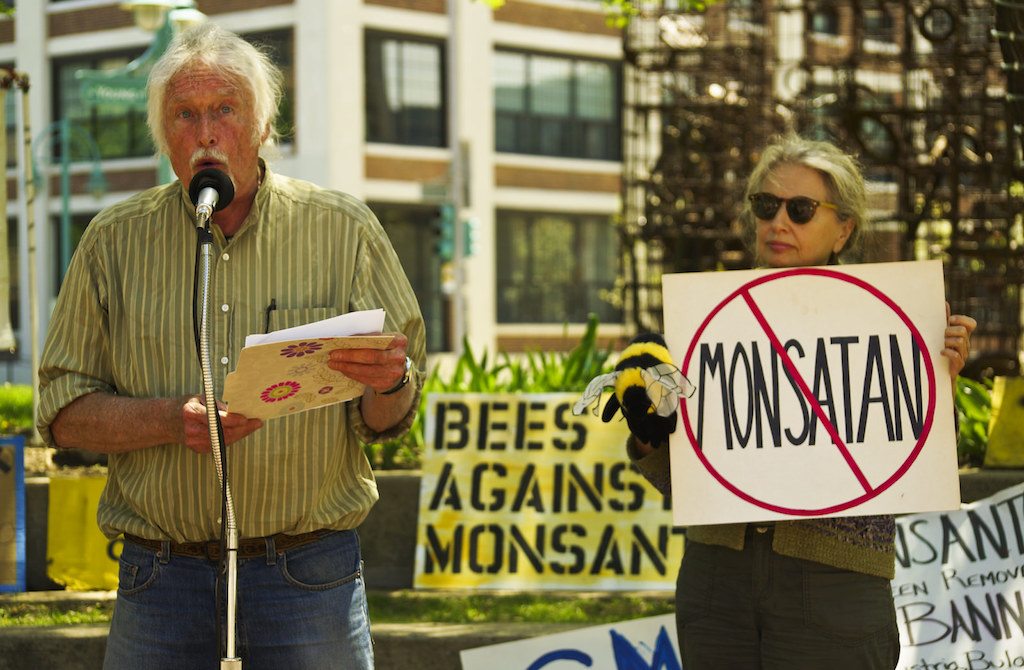Update 12/04/2019, 4:50 p.m.: CDC updated the number of victims to 102 and the number of hospitalizations to 58 (a very high ratio, relative to past outbreaks). There have now been cases reported in 23 states. We will continue to update this story.
You’re forgiven if you mixed up Friday’s announcement of an E. coli outbreak in romaine lettuce with the other E. coli outbreak in romaine lettuce announced earlier this month. Or, perhaps you’ve confused it with the E. coli outbreak in romaine lettuce around Thanksgiving 2018, or that other one near Thanksgiving 2017.
“Our leafy green supply chain is simply not good,” says Angela Anandappa, supply chain expert and executive director of product safety watchdog Alliance for Advanced Sanitation. “What’s particularly bad is it’s starting to seem like we’re licked.”
The latest outbreak, unfortunately timed to coincide with one of this country’s biggest food holidays, is a new strain of Shiga toxin-producing E. coli 0157:H7 that appears to be particularly virulent. Of the 40 victims across 16 states identified thus far, 28 have been hospitalized. Five of these victims have developed hemolytic uremic syndrome, a very dangerous type of kidney failure. Laura Whitlock, communications lead for the Centers for Disease Control and Prevention’s (CDC) Outbreak Response and Prevention team, says the agency will likely announce more victims before Thanksgiving.
“This is very much an ongoing investigation,” she says. “New data is coming in hourly, and we’re out there trying to tell restaurants and retailers what they should tell their customers.”
This particular E. coli outbreak seems to have roots in Salinas, California, one of the two main growing regions in the United States, also known as the country’s “salad bowl.” Past outbreaks have stemmed from Yuma, Arizona, where most of our lettuce is grown in the winter.
As with past outbreaks, CDC and the Food and Drug Administration (FDA), which regulates about 75 percent of our food supply, are trying to walk a line between overbroad recommendations (i.e,. “Avoid all romaine lettuce”) and hyper-specific information that could confuse the public. The agencies’ current advice—avoid any romaine lettuce with a label showing it’s grown in Salinas, or doesn’t say where it was grown, unless it’s hydroponic lettuce, which is probably okay—skews closer to the latter. Additionally, FDA advises: “Consumers ordering salad containing romaine at a restaurant or at a salad bar should ask the staff whether the romaine came from Salinas.” (FDA declined to provide comment for this story.)
“It’s an unfair burden to place on consumers!” says Bill Marler, a Seattle-based attorney who works on behalf of food poisoning victims and founded the industry publication Food Safety News in 2009. “I’m of the mind we should follow that lovely advice, ‘When in doubt, throw it out.’”
E. coli is a large group of bacteria that makes its home in human and animal digestive tracts. So whenever an outbreak turns up in vegetables, that’s not where it began. Often, there is an element of contaminated water, either used to irrigate or wash vegetables. In the first prominent case of E. coli poisoning in leafy greens—a 2006 outbreak in spinach that resulted in 199 victims and three deaths—the culprit was likely feces from wild pigs, or contaminated irrigation water from a local livestock farm.
Romaine surpassed iceberg years ago as America’s most popular lettuce; Marler believes its ubiquity is largely why it keeps popping up in E. coli outbreaks. “There’s more of it to contaminate,” he says. This, combined with its large surface area to absorb bacteria, nooks and crannies that defy washing, and the fact that—unlike E. coli-tainted meat—lettuce is rarely cooked, makes romaine a particularly challenging conduit for foodborne pathogens.
Investigators say it is too soon to know what the specific root of this outbreak is, and have yet to pinpoint a common supplier or region in Salinas (one voluntary bagged salad recall was issued, though Whitlock says that particular product was not consumed by many of the victims). If the recent past is any indicator, water contaminated by livestock could be the likely culprit here.
After last fall’s E. coli outbreak, the industry groups United Fresh Produce Association and the Produce Marketing Association created a task force to identify root causes of the ongoing contamination. Improved water quality management and testing was the very first recommendation from their final report, as well as a suggestion that the proximity between lettuce farms and concentrated animal feeding operations—commonly called CAFOs—is strongly indicated as a risk factor.
The task force also pushed for improved origin labeling on lettuce packaging, so consumers and retailers can more readily identify if a particular item falls under an official product warning. Of course, this method only works if the consumer goes shopping armed with the knowledge that this outbreak started in Salinas, unlike the last one.
“It’s starting to approach the level where you need warning labels on romaine, calling it a high-risk food,” says Marler. “We aren’t there yet, but almost.” Though FDA will be publishing a list of “high-risk foods,” and has made recommendations against, say, alfalfa sprouts for vulnerable populations, there are not currently produce warning labels like the ones you’d find on a pack of cigarettes.
Whitlock says it’s possible CDC could recommend stronger advice in coming days, such as avoiding all romaine lettuce, regardless of origin. “That is certainly not off the table,” she says.
People usually get sick anywhere between 2 and 8 days (average of 3 to 4 days) after exposure to Shiga toxin-producing E. coli. If you have a high fever, bloody diarrhea, or severe vomiting, or if diarrhea lasts longer than 3 days, CDC recommends seeing a doctor immediately.
We will update this story as more information becomes available.
